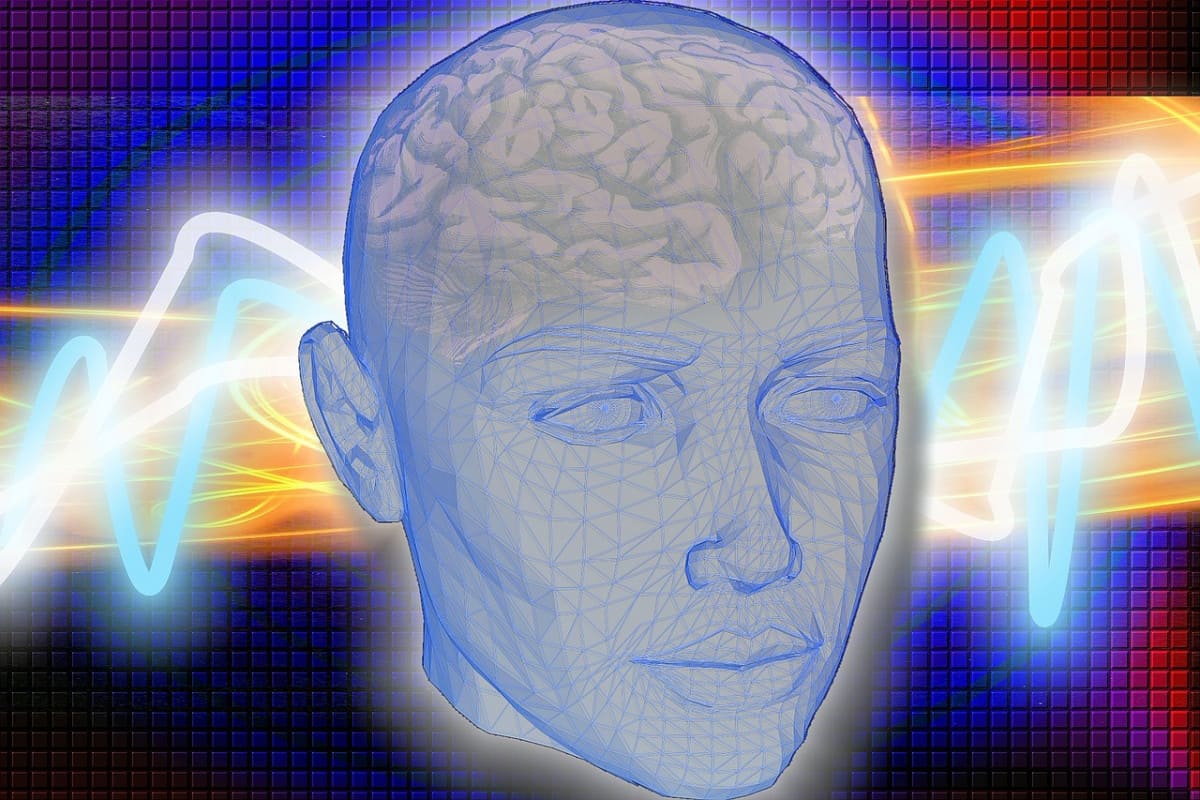Bilateral stimulation is a key element of Eye Movement Desensitization and Reprocessing (EMDR) therapy. We already know that EMDR is highly effective in treating post-traumatic stress disorder. Whether done in-person or online, this therapy can help people suffering from trauma get their life back to normal. Some even choose to have it self-administered.
Bilateral stimulation (stimulation of both sides which in this case refers to the brain) plays an important role in this therapy. There are several options for this; the use and goals are essentially the same regardless of which bilateral stimulation device is utilized.
Contents
What is EMDR and Bilateral Stimulation?
EMDR is a therapy for trauma that uses external stimuli as a tool to help the brain process and “digest” unresolved traumas. The client is instructed to pay attention to an external stimulus while simultaneously focusing on a traumatic memory. The external stimulus distracts the person as s/he relives the traumatic event which helps lower the emotional stress that accompanies the disturbing memory. More importantly, the use of bilateral stimulation helps push the traumatic memories into a more efficient part of the brain, thus resolving the “stuck” trauma. This can only be accomplished when both sides of the brain are engaged. Two theories dictate and validate the use of this process in EMDR therapy. These are “working memory theory” and “interhemispheric communication theory”.
The literal definition of bilateral stimulation (BLS) is the stimulation of both sides. As BLS stimulates both sides of the brain, a better connection between the two hemispheres is created. This allows the whole brain to be used and engaged while revisiting trauma events. The stimulation can be auditory, visual, or tactile. Bilateral stimulation operates in a rhythmic fashion, moving back and forth from left to right and right to left.
-Auditory stimulation typically involves listening to a sound that alternates between the left and right ears.
-Visual stimuli involves watching something moving horizontally back and forth or sometimes vertically up and down.
-Tactile stimuli involve tapping on each side of the body. This is usually done on the shoulders or legs.
-The therapist may use more than one form of bilateral stimulation, such as pairing visual and auditory inputs. However, most therapists use visual stimuli and often conduct this manually by moving their fingers from side to side as the client follows them with their eyes. This technique is where EMDR gets its name.
What is Bilateral Stimulation?
The literal definition of bilateral stimulation (BLS) is the stimulation of both sides. In therapy, these sides refer to the side of the brain. BLS helps stimulate both sides of the brain in order to use the whole brain when working on revisiting trauma events.
Bilateral stimulation happens from left to right and vice versa using stimuli in a rhythmic fashion. These stimuli can be auditory, visual, or tactile. Auditory stimuli typically involve hearing alternate sounds in each ear. Visual stimuli involve watching something move from left to right and right to left, or even vertically up and down.
Tactile stimuli involve tapping on each side of the body, usually on the shoulders or legs.
The therapist usually opts for the bilateral stimuli and may use more than one. However, most therapists use visual stimuli, often conducting it manually by moving their finger from side to side while the client watches it. This is where the name eye movement comes from in EMDR.
Bilateral Stimulation Devices
Headphones are necessary if you choose to work with auditory BLS. In fact, this kind of stimuli cannot be performed manually and must be delivered through audio BLS software and headphones. Similarly, software and devices such as a light bar (a device that provides a moving light to follow with the eyes) are used for visual bilateral stimulation. Devices that come with software or are delivered via an app may even be controlled remotely.
For tactile bilateral stimuli, tappers are used. These are small devices with two paddles that clients hold in their hands. The device delivers the taps on the palms electronically, eliminating the need for physical touch by the therapist.
Our #1 choice for EMDR Bilateral Stimulation Devices
We recommend EMDR Kit to all EMDR therapists looking for professional equipment. Their kits are easy to use and trusted by thousands of therapists worldwide.The set EMDRKit (manufactured by a company with the same name) contains a light tube, pulsators, headphones, and a charger. These kits are available in both traditional wired and wireless variants. These devices can be controlled with the help of an app on a tablet or mobile. You can check out their website here.
Bilateral Stimulation Options
So how exactly do therapists use bilateral stimulations during EMDR therapy sessions? Well, that, first and foremost, depends on the type of BLS. Then, the therapist may choose to do it manually (if possible) or with the help of a bilateral stimulation device.
EMDR has come a long way and is still evolving in terms of delivery. So today, there are many options and technologies for EMDR bilateral stimulation, including convenient devices.
Manual Bilateral Stimulation
In the early days of EMDR, BLS was typically delivered manually. Therapists relied on eye movements for this part of the therapy, moving their finger from side to side or up and down while the client followed the movement with their eyes. To this day, some therapists still use manual bilateral stimulation. While it doesn’t have any impact on the effectiveness of the treatment itself, there have been concerns about fatigue. The therapist may become tired, especially when moving his/her finger for long periods of time.
Tactile stimulation can be achieved manually through physical tapping. This can be accomplished either by the client tapping on themselves or the therapist tapping the client’s palms in a bilateral fashion. Due to concerns over boundaries and possible ethical issues, most therapists avoid physical contact with clients. Subsequently, this method is rarely used these days. While clients can perform tapping on themselves, it is possible they may not do it correctly and thus interfere with the efficacy of the treatment.
Bottomline
EMDR therapy is not possible without bilateral stimulation, as its success hinges on the inclusion of this activity. While it’s possible to do bilateral stimulation manually, BLS devices make the process more refined and controlled. This is why many EMDR therapists prefer using devices or online tools for this essential part of the therapy.
Thanks to virtual tools and EMDR devices, it’s also possible to do online EMDR therapy or self-administer EMDR, including BLS.






